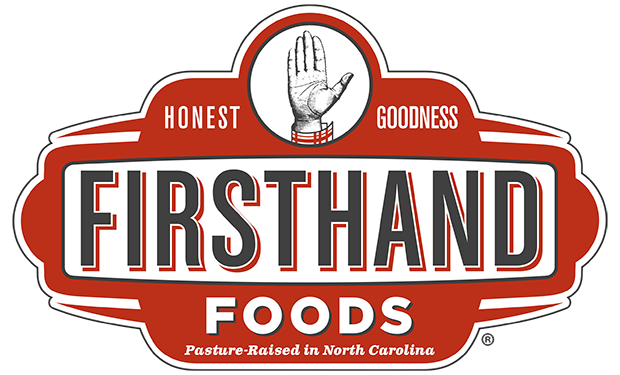It’s often said that variety is the spice of life. Ever stop to wonder what it would be like if all Fuji apples were the same color? If all Beauregard sweetpotatoes were the same shape? If all Celebrity tomatoes were the same size? It’s hard to imagine such uniformity. We’ve grown accustomed to variety in fruits and vegetables. In fact, we enjoy it.
But we tend not to have the same attitude towards meat. We expect chicken to taste like chicken each and every time and to differ only by the seasonings used in its preparation.
Well, folks, we’re here to say that meat is, by its very nature, not uniform. In fact, variability is the norm, especially when animals are raised outdoors in their natural habitat rather than in a feedlot or indoors in confinement where feeding regimes and climate are tightly controlled.
We work closely with our farmers to ensure that they meet our standards for environmental stewardship, humane production, and meat quality. We focus on genetic selection, pasture management and consistent nutrition yield reliable deliciousness, tenderness and flavor. And still we see variability. It’s not uncommon for us to bring in a set of steers from one farm that have been born within a few days of each other, have the same genetics and grazed together in the same pastures throughout their lives. But one of them will be a full 75 pounds heavier than the others, have a larger rib-eye primal and evidence greater fat content.
Its mystifying on some level. But then look at the human population! Brothers and sisters can vary widely. The same is true in the animal world. According to Dr. Matt Poore, Beef Extension Specialist at NC State University and Director of Amazing Grazing, there is greater intra-species variability than there is inter-species variability. In other words, sibling steers are more likely to differ genetically than steers of different parentage.
So it’s time to start celebrating variability in the meat we eat. And we can start by cultivating awareness. When you’re shopping for steaks or chops, notice the variety available and appreciate that you can choose the size that best suits you and your family. When you next find yourself biting into a burger or cutting up a steak, pay attention to the flavor and tenderness of the meat, not just its toppings. These are the steps to developing a discerning palette that appreciates variety.

